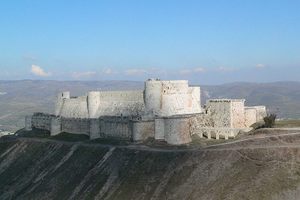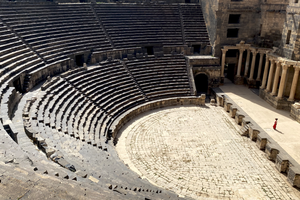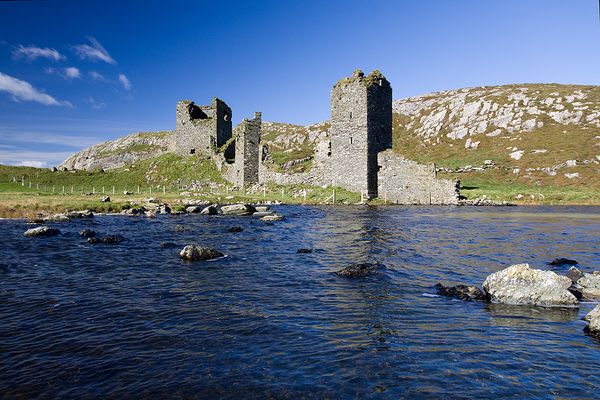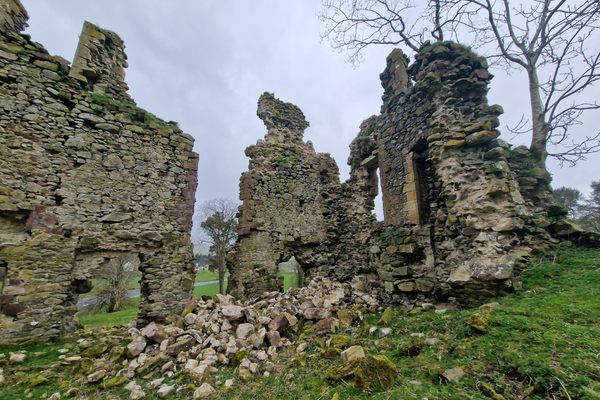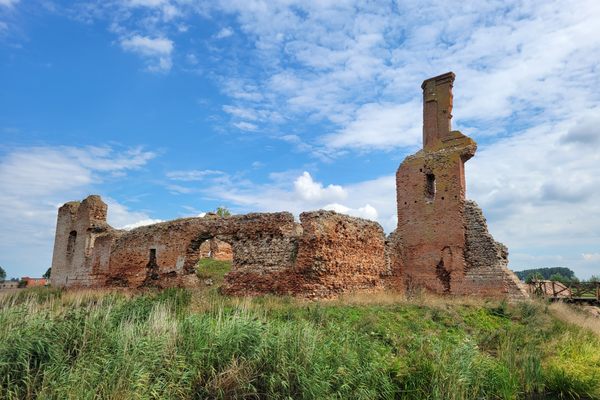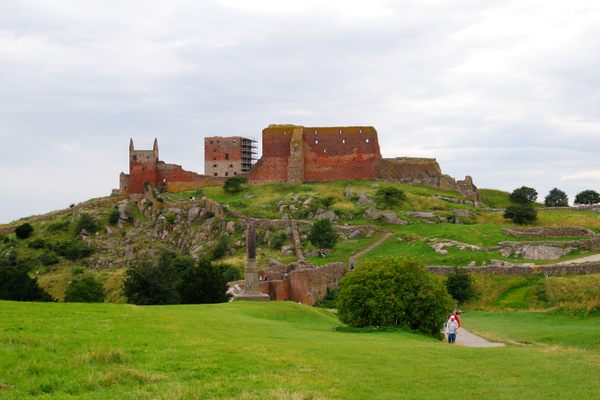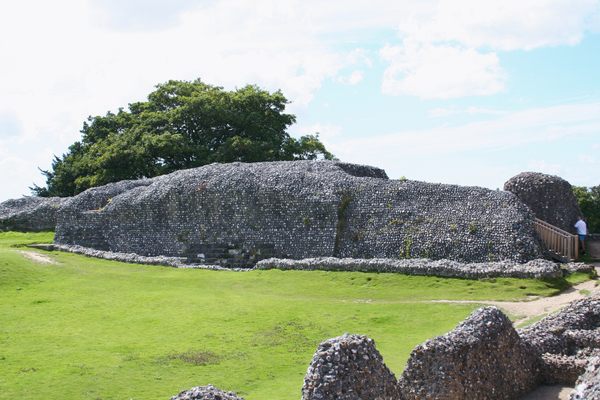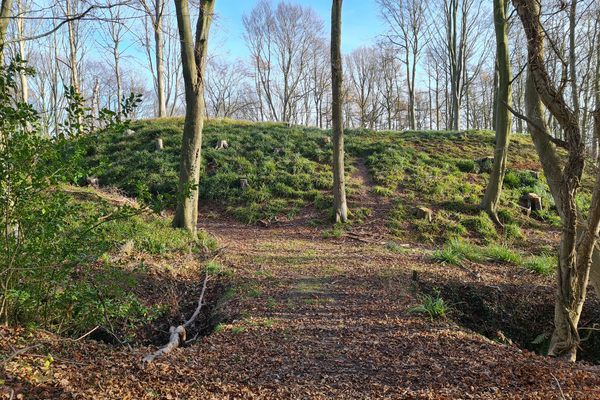About
The tale of the Hashshashin is well-known legend in the West.
Basically it can be summed up as: they smoked hash, and they killed people. The name "Hashshashin" became synonymous with skillful murder and is the basis for the modern term assassin.
While modern scholars suspect that the hash smoking part probably isn't true – the name Hashshashin was probably an insult based on their true name, the Asasiyun or "foundation of the faith" – what everyone can agree on is that they definitely killed people. Many people and very skillfully. They did much of this killing from the Musyaf Castle.
Situated on a 20 meter plateau the Musyaf castle imposes itself on the hilly landscape of Syria. The structure dates back over 2800 years to the Byzantine era and saw rule by Mamluks and Ottomans, but is remembered today by its darkest period. It's towers and gates still stand as symbols of the violent force that was contained within its walls: home to the Hashshashin.
During the 12th century, the Hashshashin cult was led by Rashid al-Din Sinan, also known as "the Prince of the Mountain." A trained Hashshashin himself and a powerful Northern Syrian warlord, Rashid controlled and ruled over the trained killers.
While Sinan held the fortress, he carried out numerous attacks on leaders around the region including the King of Jerusalem as well as against his mortal enemy Saladin the leader of the Ayyubids. In an attempt to kill Sinan, Saladin laid siege to Masyaf, nearly taking the castle.
According to legend, (and in the writing of the sect itself) while Saladin slept in a tent beneath Masyaf, an assassin crept into his tent, leaving and a poisoned cake a note saying "You are in our power. " Never has a cake been so terrifying. Scared to death, Saladin made peace with Sinan and left him in control of Masyaf.
The assassins sect in Musyaf came to an end when they met an enemy as fearsome as themselves: the mongols.
Today, the ruins can be visited from Hama only 60 kilometers to the East, for adventurers who dare cross into Assassin territory.
There is an excellent open access "Description, History, Site Plan and Visitor Tour" of The Citadel of Masyaf, published by the Aga Khan Trust for Culture, available for download via http://archnet.org/library/documents/one-document.jsp?document_id=10621
Related Tags
Published
August 16, 2011















